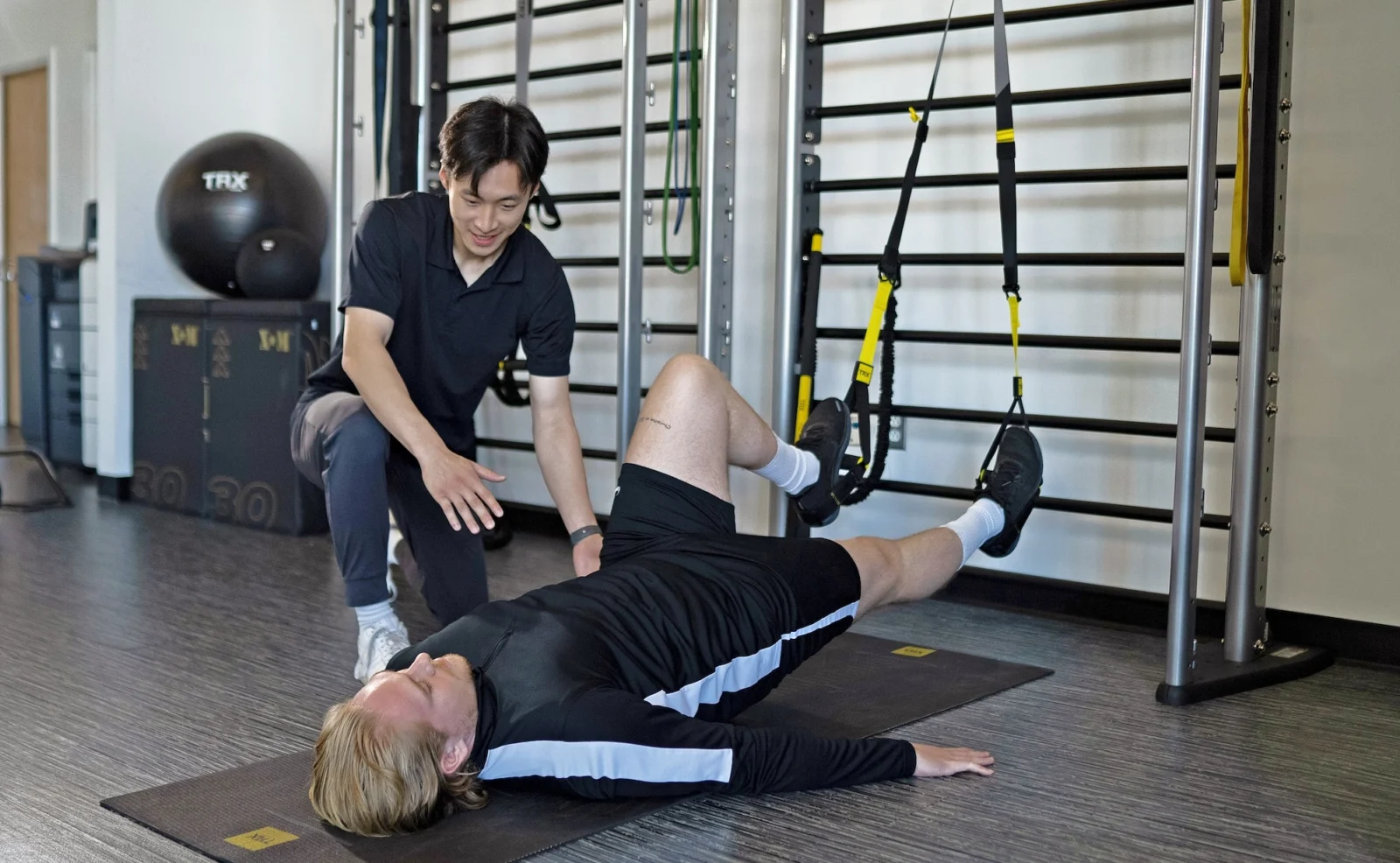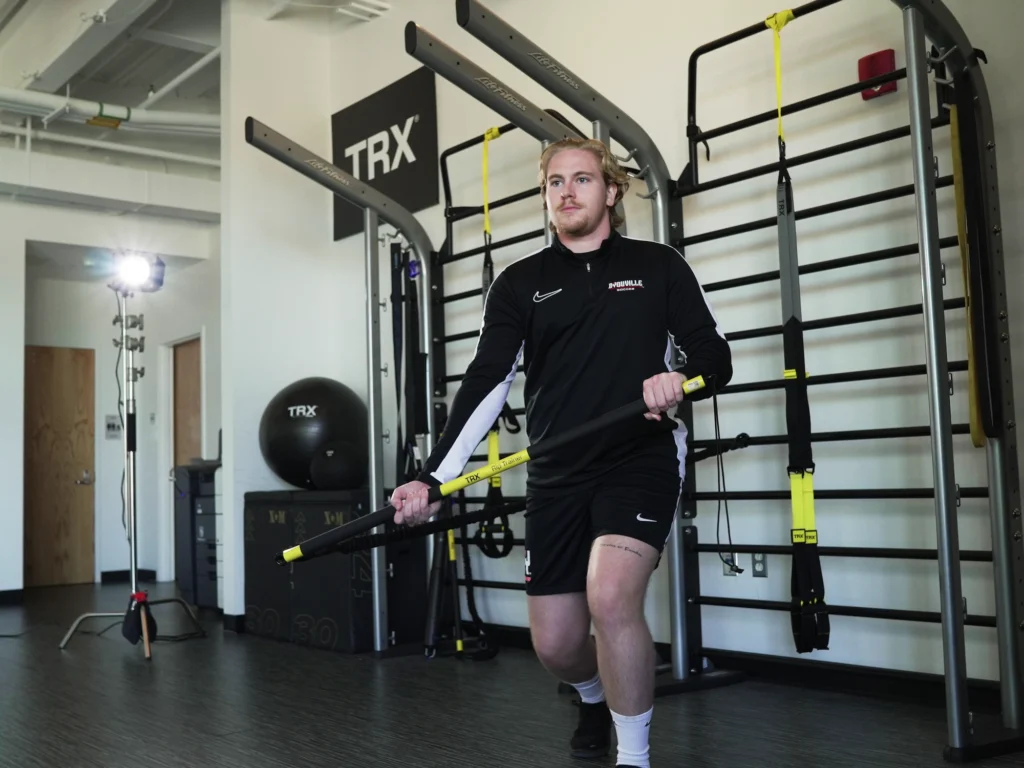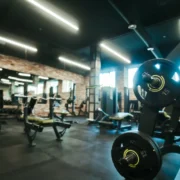TRX Pushes Into Rehab, Physical Therapy

The fitness equipment giant is adding new tools, education and content to highlight how its products can be used in injury-recovery settings
As the “gym as a clinic” movement heats up, one of the fitness industry’s biggest brands is pushing into the rehabilitation and physical therapy spaces.
TRX Training has added an online course and in-app content that showcase how the brand’s tools can be used by physical therapists, rehab specialists and patients to improve health outcomes.
TRX’s Rehabilitation Essentials Online course offers programming that helps practitioners understand how they can use TRX tools, principles and protocols to elevate patient care in their practices.
The fitness equipment giant is also adding Rehab to Resilience content to its app so patients can use TRX tools at home to speed up their recovery between in-person appointments. The Rehab to Resilience content features specialist-led programming designed to address common musculoskeletal conditions including tendonitis, lower back pain, tennis elbow, knee replacement recovery, discogenic pain and more.
“We’re a company built on sharing information about how to lead a healthy lifestyle,” said TRX CEO Jack Daly. “Focusing on physical therapy, resilience, and overall health is really important to us. It’s part of who we are and what we do – it’s why we started in the first place.”
Physical Therapists Embrace TRX
Chris Nentarz, wellness and rehabilitation director at the Healthcare Hub at D’Youville University, helped design the new TRX programming.
“In this day and age with reimbursement rates going down, copays going up and the general population’s health in decline, we need more comprehensive solutions,” said Nentarz, who also serves as a TRX senior master instructor. “We need to leverage each other, and we need to leverage technology. That’s what we’ve done here at TRX.”
Nentarz noted that he’s already integrated TRX equipment into his own practice.
“The Suspension Trainer is great because it doesn’t take up a big footprint, and every single patient on your schedule will be able to use it,” Nentarz said.
Besides the brand’s iconic Suspension Trainer, TRX’s other equipment including the Bandit, YBell, Rip Trainer, Rocker, bands, mats and more are available to be used in rehab and physical therapy settings.

Interested physical therapists and rehab practitioners can apply to become a TRX affiliate or reseller, the brand says.
Fitness, Healthcare Grow Closer
TRX’s move comes as brands increasingly embrace a future where healthcare and fitness become intertwined.
Commonly referred to as the gym-as-a-clinic movement, this idea has seen fit tech brands like EGYM and Technogym release equipment that measures the “biological age” of users based on factors like flexibility, body composition metrics and fitness levels.
Gyms and health clubs, meanwhile, have started offering their members access to personal training programs built around blood biomarker test results.
Earlier this year, CrossFit launched a membership-based medical society designed to educate healthcare professionals on the effectiveness of the CrossFit workout regimen and create opportunities for affiliates to become “health homes” for members.
As Americans grow increasingly frustrated with the barriers to traditional healthcare, experts have told Athletech News they expect to see the gym-as-a-clinic movement continue to gain ground in the years ahead.



